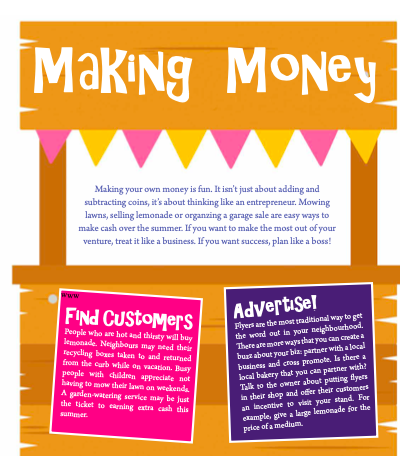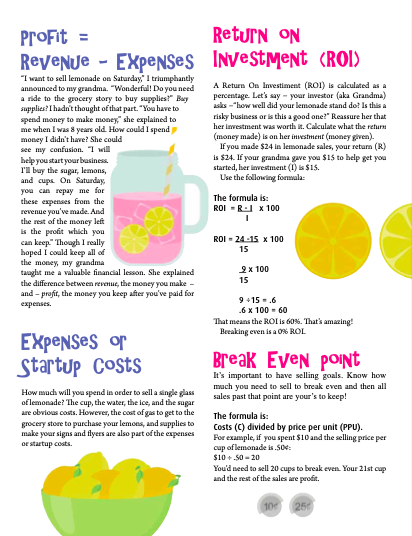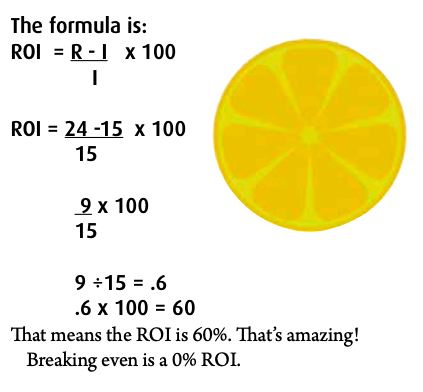
Your kids are at home looking for something to do, these top 5 STEAM activities will keep them busy, learning, and educated this summer:
Glow Chalk
MATERIALS:
1 tbsp glow paint (available at craft stores or online)
1/4 cup plaster of Paris powder
1-2 tablespoons of water
Ice cube, popsicle, or silicone tray
Small mixing bowl and spoons
MAKE IT:
1. Pour the powder into the mixing bowl.
2. Add the glow paint and 1 tbsp of water. Mix quickly because the mixture starts to dry very quickly. Add another tbsp of water if necessary. The mixture should be as thick as white glue.
3. Once you have the correct consistency, pour the mixture into your mold and set overnight to dry.
4. Carefully remove your hardened chalk from your mold.
5. Charge under a flashlight, light bulb or bright sunlight for atleast 10 minutes.
6. Draw on a chalk-safe surface. Once it’s dark, watch your chalk glow!
Note: the longer you charge the chalk, the longer it will glow.
DIY Xylophone
MATERIALS:
2 foam boards
8 pvc couplings
4 elbows and 4 tees
12 pvc tubes in various sizes
flexible “drum sticks” (rubber spatulas or flip flops)
Pen, tape, and knife
*A parents assistance is required and recommended for this craft!
MAKE IT:
Make Your Own Fossils
MATERIALS:
-1/4 cup of Plaster of Paris
-10 tbsp of water
-Measuring cup
-Spoon
-Tupperware container
-Modelling Clay
-Small plastic toys or objects (shells, small figurines, etc)
MAKE IT:
- Smooth out the modelling clay to the bottom of the container.
- Press the small objects into the modelling clay, then remove them.
- Mix together water and plaster of Paris powder.
- Pour the plaster of Paris mixture into the clay impressions and let set for 24 hours.
- Remove the dried plaster of Paris from the clay. You now have fossils!
Lemonade Money


Expenses or Startup Costs
How much will you spend in order to sell a single glass of lemonade? The cup, the water, the ice, and the sugar are obvious costs. However, the cost of gas to get to the grocery store to purchase your lemons, and supplies to make your signs and flyers are also part of the expenses or startup costs.
Return on Investment (ROI)
A Return On Investiment (ROI) is calculated as a percentage. Let’s say − your investor (aka Grandma) asks −“how well did your lemonade stand do? Is this a risky business or is this a good one?” Reassure her that her investment was worth it. Calculate what the return (money made) is on her investment (money given).
If you made $24 in lemonade sales, your return (R) is $24. If your grandma gave you $15 to help get you started, her investment (I) is $15.
Use the following formula:

Break Even point
It’s important to have selling goals. Know how much you need to sell to break even and then all sales past that point are your’s to keep!
The formula is:
Costs (C) divided by price per unit (PPU).
For example, if you spent $10 and the selling price per cup of lemonade is .50¢:
$10 ÷ .50 = 20
You’d need to sell 20 cups to break even. Your 21st cup and the rest of the sales are profit.
Kitten Coding
Who doesn’t like kittens? You can make kittens with simple coding in a web browser. Anyone can do this and it’s super fun! First, you’ll need the Google Chrome web browser. If it’s not already on your computer, ask a parent to go to https://Google.com/Chrome to download and install the browser on your computer.
With your Chrome web browser open, next open the Console.
On Mac use Command + Option + J
On Windows/Linux use Ctrl + Shift + J
Notice the > on the left edge of the Console. This is where you type and where we’ll make our kittens. Let’s get started making kittens!
First we need to write one long line of code that will make our kittens. We’ll tell the code how many kittens we want and the code will make that many kittens. Type the following:
var drawKittens = function (howManyKittens) { for ( var x = 0; x < howManyKittens; x++ ) { console. log(x + “ =^.^=”); } };
Then press the Enter key. You should see the word undefined under your line of code. That means your web browser accepts your code.
So let’s make digital kittens now that our code has been accepted.
Type makeKittens(6) to make 5 kittens.
Notice how your browser always counts from 0, not 1? That is how computers count. If you want to understand the block of code you entered, let’s take a moment to explore how it works:
var drawKittens tells the browser to create a variable. A variable is like a box you can use to store things. Our variable is to draw kittens.
The = equals sign tells the browser what we want to store in the variable.
A function is a procedure, which performs some operation such as draw kittens. Of course, we have to tell our function HOW MANY kittens we want to make. So after the word function we create another variable called howManyKittens. We put this variable in parentheses to help our browser to keep track of what code belongs to other code.
- Our first task is to set up the basic rules for making kittens. We don’t want the browser to spend forever making kittens. So we create a variable called the letter i and we set some limits. We set our variable x equal to zero.
- Then we say run our kitten factory code only as long as the value of our x variable is less than the value of our howManyKittens variable. So if we want five kittens, our factory will only run as long as our x variable is less than 5. Since we start with x equal to 0, that means our code will run 0, 1, 2, 3, and 4 times.
- Last, every time our kitten factory code runs, we need to increase the value of our x variable. So we add x++ to tell the browser to add 1 to the value of i every time the kitten factory code runs.
Now for the kitten making code.
Type console.log(x + “=^.^=”) to tell the browser to output the value of our variable i to the left of our kitten.
They have whiskers on either side, pointy ears, and a button nose.
That’s how we get this output in the Console of our web browser.
Here’s what they look like:
=^.^=

